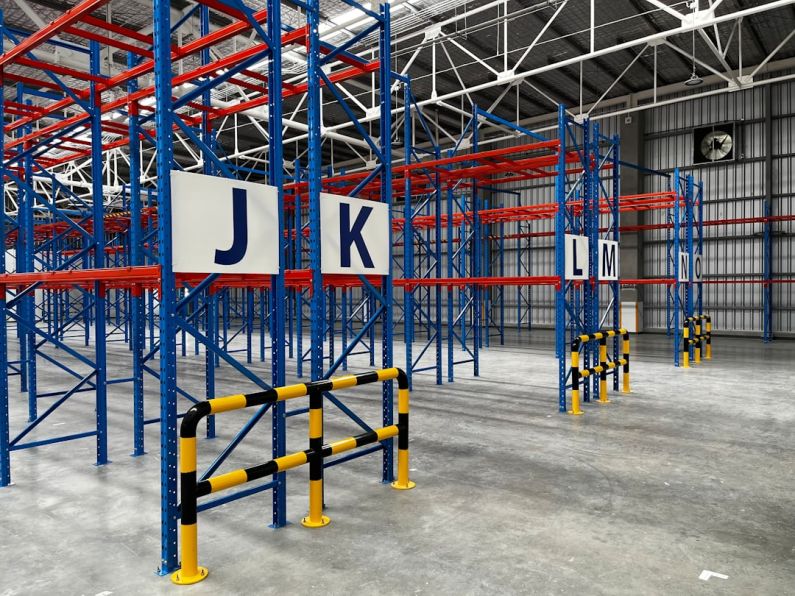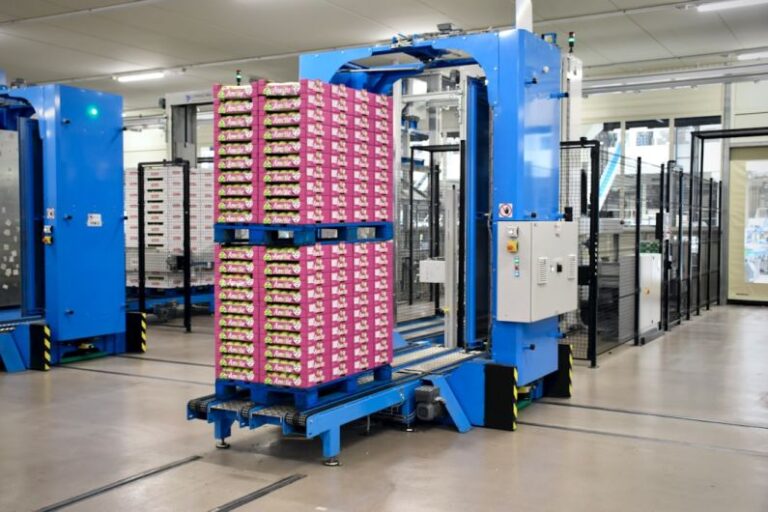Choosing the Right Racking Solutions for Your Warehouse
When it comes to optimizing your warehouse space, choosing the right racking solutions is crucial. The efficiency of your warehouse operations depends greatly on how well-organized and functional your storage system is. With a variety of racking options available in the market, it can be overwhelming to decide which one is best suited for your specific needs. In this article, we will explore the key factors to consider when selecting racking solutions for your warehouse to ensure smooth operations and maximum productivity.
Understand Your Warehouse Needs
Before diving into the world of racking solutions, it is essential to assess your warehouse’s specific requirements. Consider factors such as the type of products you store, the volume of inventory, the size and weight of items, and the frequency of access. Understanding these aspects will help you determine the type of racking system that will best accommodate your inventory and workflow.
Types of Racking Solutions
There are several types of racking solutions available in the market, each designed to cater to different storage needs. Some common types include:
– Selective Pallet Racking: Ideal for warehouses that require easy access to all pallets, selective pallet racking allows for direct access to each pallet without having to move others. This system is versatile and can be customized to fit various pallet sizes.
– Drive-In Racking: Suitable for warehouses with high-density storage requirements, drive-in racking allows forklifts to drive directly into the racks to retrieve or store pallets. This system maximizes storage space but may limit accessibility to certain pallets.
– Cantilever Racking: Designed for storing long and bulky items such as lumber, pipes, or furniture, cantilever racking features arms that extend from a single column, allowing for easy loading and unloading of items.
– Push-Back Racking: Ideal for warehouses with a high volume of inventory, push-back racking utilizes a system of nested carts that can be pushed back along inclined rails. This system enables dense storage while maintaining selectivity.
Consider Space Utilization
Efficient space utilization is key to maximizing the storage capacity of your warehouse. When choosing a racking solution, consider the layout of your warehouse and how different systems can help you make the most of the available space. Factors such as aisle width, vertical storage capacity, and the overall footprint of the racking system should be taken into account to ensure optimal space utilization.
Safety and Compliance
Safety should always be a top priority when selecting racking solutions for your warehouse. Ensure that the racking system complies with industry standards and regulations to prevent accidents and injuries. Regular inspections and maintenance of the racking system are also essential to keep it in optimal condition and prevent potential hazards.
Invest in Quality
While cost is a significant factor to consider, investing in quality racking solutions can have long-term benefits for your warehouse operations. High-quality racking systems are more durable, reliable, and require less maintenance, ultimately saving you time and money in the long run. Additionally, quality racking solutions are designed to withstand heavy loads and ensure the safety of your inventory and employees.
Conclusion: Making the Right Choice
Choosing the right racking solutions for your warehouse is a critical decision that can impact the efficiency and productivity of your operations. By understanding your warehouse needs, exploring the various types of racking solutions available, considering space utilization, prioritizing safety and compliance, and investing in quality, you can make an informed decision that will optimize your storage space and streamline your workflow. Remember, a well-organized and functional racking system is the foundation of a successful warehouse operation.






